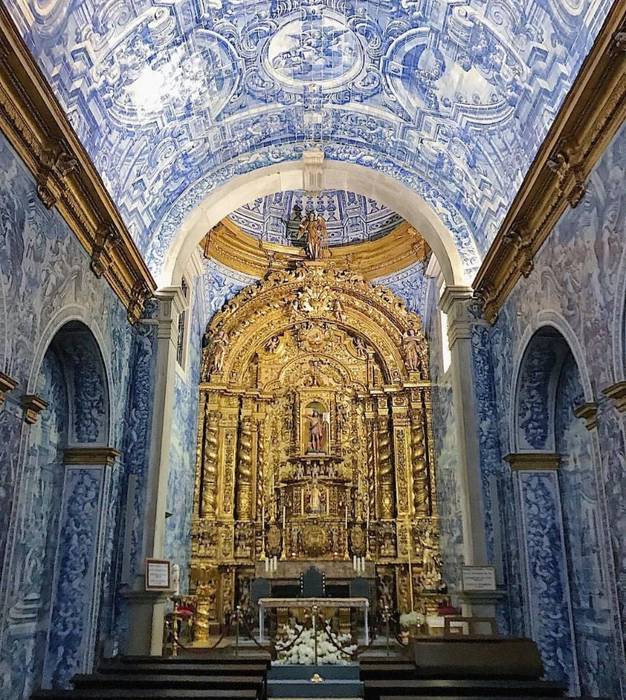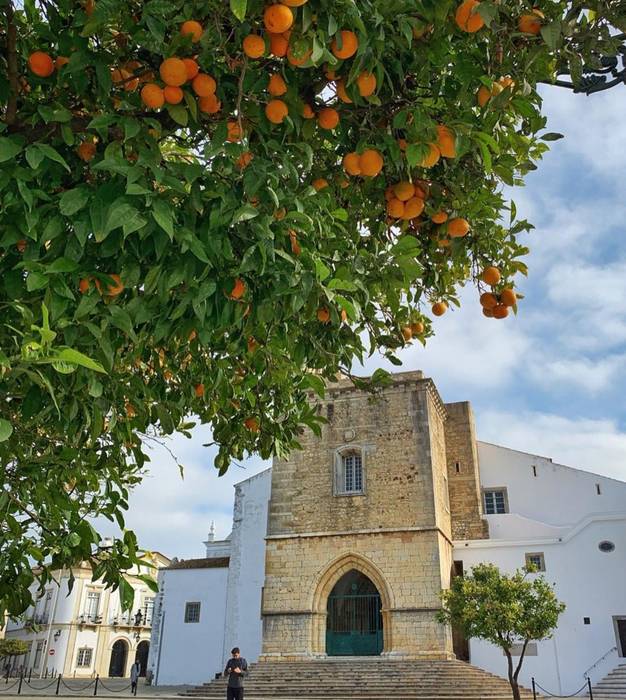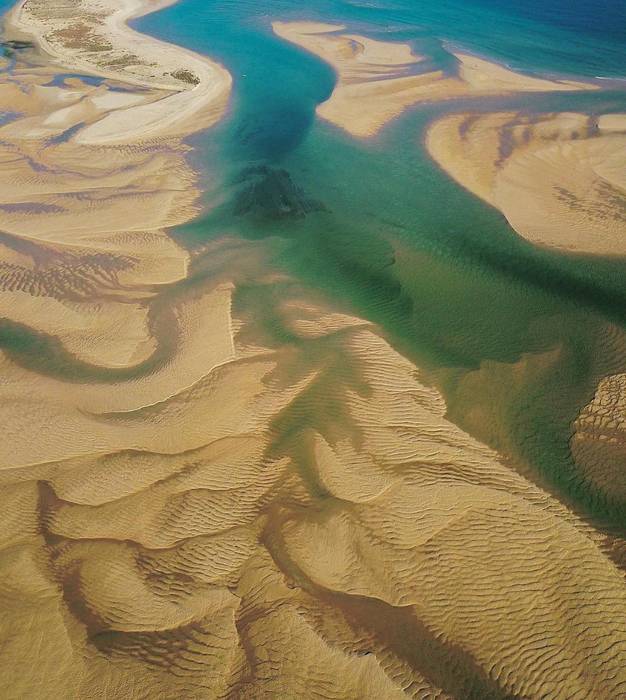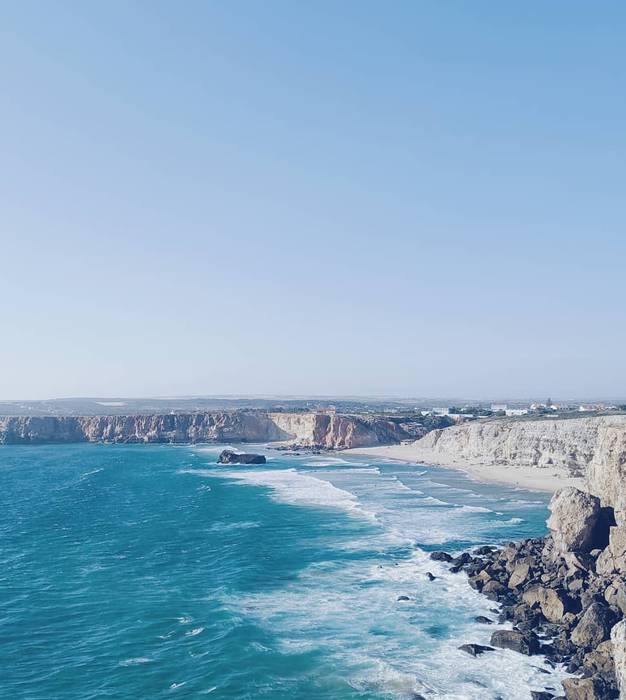Wait!
Don’t miss out on our sunny holiday promotions
Subscribe and get a free welcome basket on your next holiday
Subscribe to our newsletter:Most people would think of the Algarve as the perfect summer destination, situated along Portugal’s coastline mostly known for its long stretches of golden beaches and beautifully landscaped golf courses. However, there is a lot more to the Algarve than meets the eye. This region was under the Muslim ruling for nearly 5 centuries before it was taken into the Portuguese kingdom in 1189, retaining some of its Moorish characteristics. In addition to the glorious bikini weather, the Algarve has a lot to show culturally and historically. Here are a few points of interest worth visiting during the off-peak season in different areas of the region.
The Western Algarve is a very scenic part of the region, mostly frequented by German and French tourists, and makes an eventful day out as it is approximately 30/40mins away from the Central Algarve. Popular towns in this area include Lagos, Portimão, Sagres & Aljezur.
Lagos is a welcoming coastal town, mildly touristic and offers entertainment for the entire family. It features a Portuguese Discoveries Wax Museum which tells us the exciting journey through time in 16 different scenarios, the Municipal Museum Dr. Jose Famosinho with beautiful architecture and for the little ones, a Science Centre. The latter is a fun and hands-on learning centre with many activities and exhibitions showcasing history and the progress of science.
Portimão is an established fishing town, untouched by tourism, making it a more authentic Portuguese area. The Portimão Museum is a popular destination set in a restored canning factory and it explores interesting aspects of the city’s past.
Sagres is at the extreme Western tip of the Algarve and is primarily a surfing destination. This town has a more laid-back environments as it is frequented by backpackers and surfers in their 20s and 30s. Here, the Sagres Fortress is a popular site as this uniquely designed fort was built to protect the town from North African raiders and features breathtaking views of the cliff along the São Vicente coast.
Situated around 45min from Sagres is Aljezur, a rural small village set on a narrow river surrounded by cobbled streets and scenic views of the countryside. Here, a very popular sight is the medieval castle at a hilltop which was occupied by the Moors in the 19th century. This is free to enter and is definitely worth the walk.
The Central Algarve is a heavily touristic area of the Algarve with beautifully kept luxury resorts, high quality facilities and many attractions making it an incredibly popular destination for families. Nevertheless, in between the resorts, there are a few towns with plenty of character such as Silves, Albufeira, Vilamoura and Faro.
Silves is a historic town situated slightly more inland and was once the capital of the Algarve. It features an Arabic architecture and has one of the most well-preserved castles in the area which was built between the 8th and the 13th century. Another interesting sighting is the Archaelogical museum which exhibits Roman, Phoenician, Moorish and prehistorical materials.
Situated on the coast, Albufeira is one of the largest resort towns in the area offering many beautiful beaches, lively nightlife and a range of activities for all types of families. Set in the historic centre of Albufeira, the Old Town, is the Municipality’s Archaelogical museum holding finds from Roman villas, Islamic artifacts and prehistoric objects. An ideal sighting to get a sense of the history in this town.
Vilamoura is a resort internationally recognized for sophistication beauty and fun. Located in the glamorous Vilamoura Marina is Cerro da Vila, the ruins of a Roman Villa which was built between 27 B.C. and 14 A.D. A very interesting archeological site exhibiting the different economic activities carried out.
São Lourenço is a small village situated between Faro and Vilamoura, in Almancil. The São Lourenço church, Igreja Matriz, is without a doubt one of the most sought after in the region due to its mesmerizing artistic design. Built in the 18th century, this church makes an impressive visual impact and is a definite must see during your stay.
Faro, the capital of the Algarve, is a charming and authentic Portuguese city highlighting many of the typical traditions of the region. There are many points of interest in this area such as the Faro Cathedral which is a Roman Catholic Cathedral, located in the heart of the Old Town. The Faro Municipal Museum was the second one to be built in the Algarve and showcases beautiful architecture with its rounded arches and internal courtyard. The Science Museum is ideal for the children to explore this educational exhibition focused on Science and Technology. Finally, the Milreu Roman Ruins are another interesting sight situated in Estoi, around 9Kms from Faro, a rustic villa inhabited since the 1st century which was built with many luxurious features shown by the mosaics and marble remains.
The Eastern Algarve is a popular area of the region due to its biggest attraction, the Ria Formosa Natural Reserve, one of the 7 Natural Wonders of Portugal. This unique and protected coastal lagoon extends mostly throughout this region of the Algarve including Olhão and Tavira.
Olhão is the largest fishing port of the Algarve and besides being the starting point to discovering the Ria Formosa and providing access to the breathtaking islands, it has a Municipal Market situated by the waterfront which was built back in 1915, and a Church (Igreja Matriz de Nossa Senhora do Rosário) which is one of the most impressive buildings in Olhao with access to the bell tower boasting incredible views. Just a short car drive away, in Moncarapacho, is the Monterosa Olive Oil Farm. There are interesting tours available where you can find out more about the process of making olive oil.
Tavira is a small town set on the outskirts of the Ria Formosa Natural Park approximately 30Km from Olhão. This town has kept most of its character and features a few interesting landmarks from the Moorish Era. Some of these include the Tavira Castle, the Tavira Municipal Museum which documents the relevance of the Medieval period, the Mercado da Ribeira, a charming market built in 1887 and the São João da Barra fortress which was originally built to protect the Ria Formosa.

photo @aminhavisao

photo @kangdamz

photo @tristanbogaard

photo @theophane_b